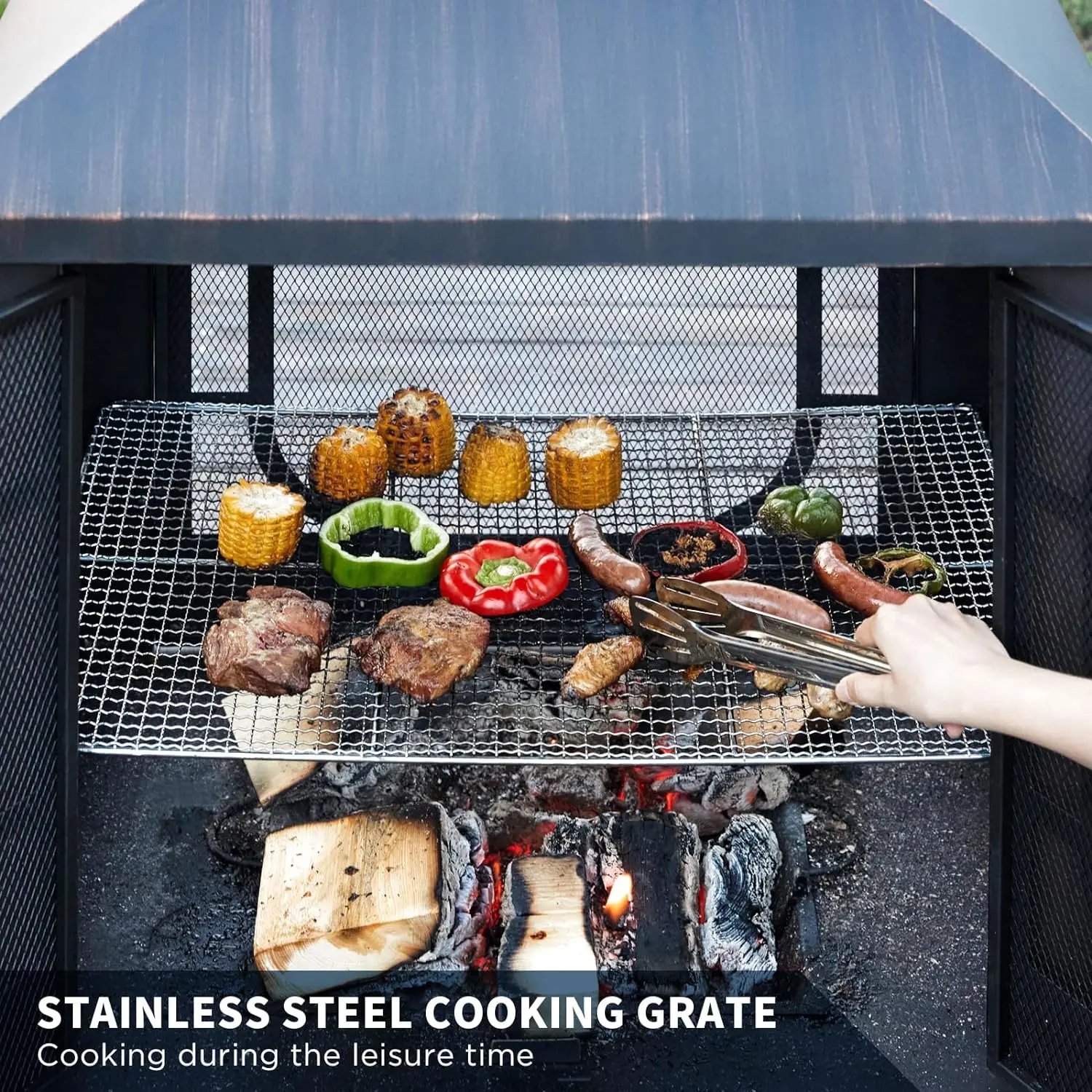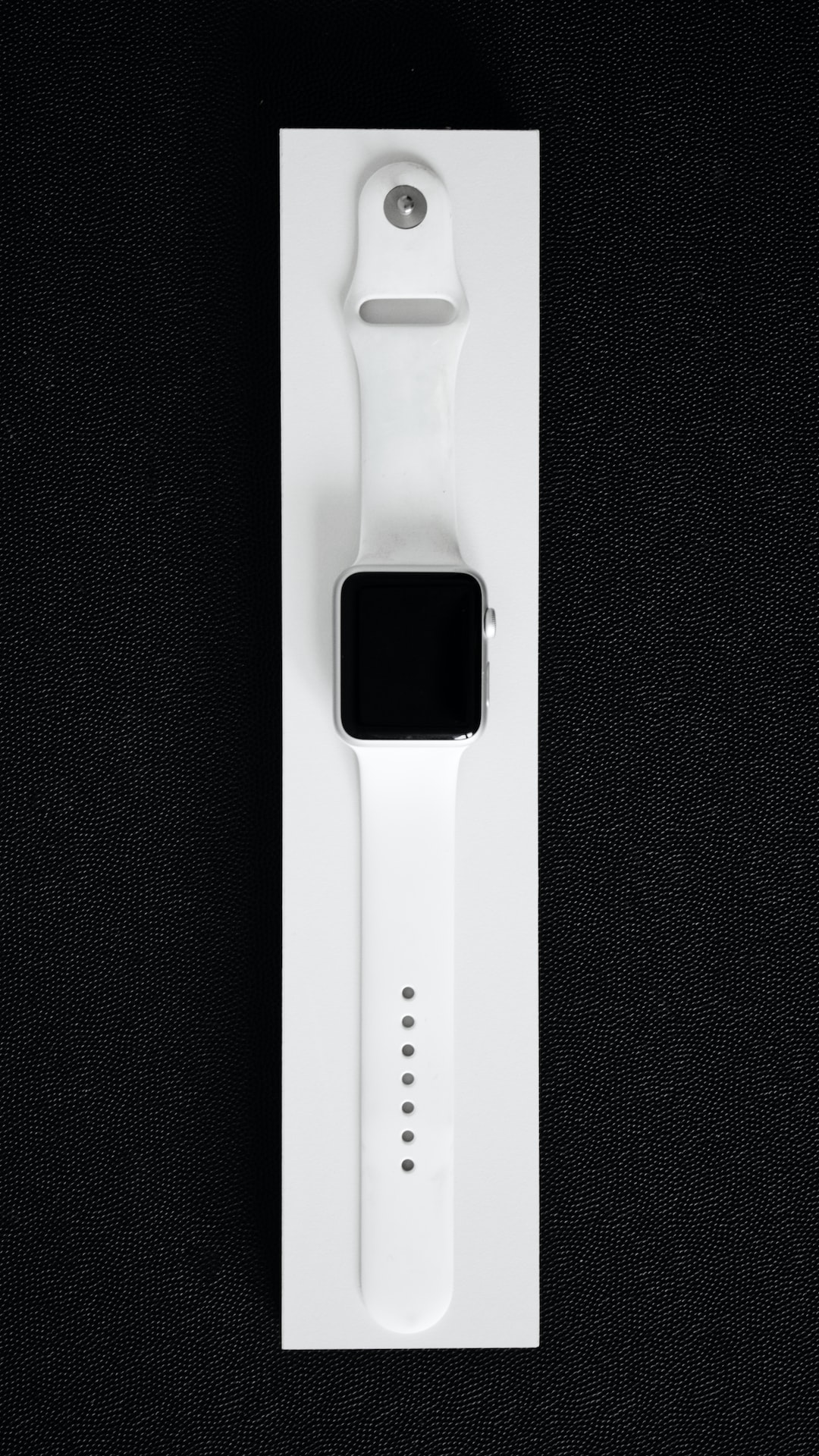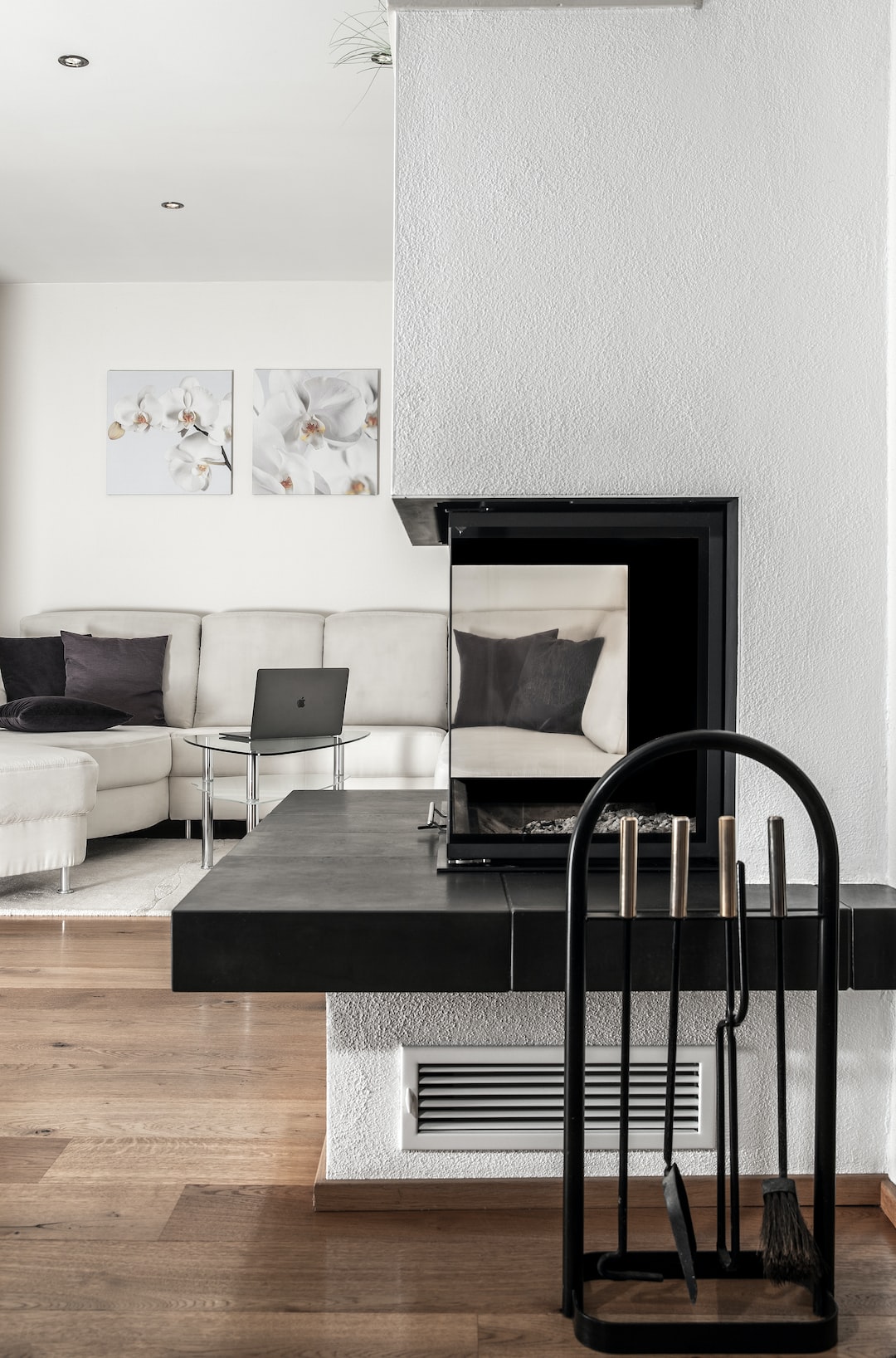Patio Heaters – What Your Patio Heater Manual Doesn’t Tell Y…
A patio heater, just like any other appliance needs periodic maintenance. When checking your manual, you will probably have very good instructions in how to assemble and operate your patio heater. There may even be some useful troubleshooting information, if your patio heater doesn’t operate properly. But there is something the manufacture doesn’t bother to let you to know.
The warmer seasons are ending and you get your patio heater out of storage, ready to warm up those brisk mornings and colder nights. You turn on the natural gas supply or make sure you have a full propane tank. Friends and family are eagerly waiting to stand by the patio heater, so you go to light it up. Using the outdoor heater before, you know to turn the knob to pilot and depress the ignition button… click, and it doesn’t light. Okay, you try it again, click and it doesn’t light again. Your guests continue to wait patiently, but slowly start to move indoors and out of the chill. You check the gas supply again and try the ignition process a few more times, but decide to move the party inside.
The next day you check the instructions and troubleshooting guide, but still can’t get your patio heater to light and think you may need a new outdoor heater to move the gathering outdoors once again. However, if you knew a few maintenance tips, you might be able to save yourself the cost of a new patio heater and once again be the life of the party.
What most patio heater instructions won’t tell you is that a covered or stored heater is a favorite home for spiders and other little creatures. The cool, dark and confined space makes for a perfect nesting location for our eight legged friends. The debris, nest and spider webs created during the period of non-use of your patio heater, blocks the important functioning parts, making it not to work properly or at all. Unfortunately, without dismantling a couple key parts, you would never be able to see the problem created by the web, debris or nest. If your patio heater is more than a year old, more than likely it is out of warranty and the manufacturer won’t offer much help.
So what do you do now to get your outdoor patio heater back in operation. Almost all natural gas or propane patio heaters contain the same components of a control valve, a pilot, a thermocouple and a main burner. Getting to and cleaning these components are essential to having your outdoor heater working again.
Cleaning the internal parts of your patio heater:
Note: Always make sure the patio heater is cool, with any gas supply disconnected.
1. Remove the hood or reflector and emitter screen. The parts are usually attached to main burner housing with four screws. Once this is remove, you will have access to the main burner, pilot and thermocouple.
2. Remove the main burner, which is usually attached to a bracket with anywhere from two to four screws. Once the main burner is removed, you will have access to the main burner orifice. The orifice a small brass fitting with a tiny hole, measured in gauges. This tiny hole can become clogged or obstructed by the debris, nest or web, left by the spider. Since very little or no gas can pass through the obstruction, the outdoor heater will not create a flame or will have a very yellow sooty flame.
3. With a wrench or socket set, remove this orifice for cleaning. To clean, use compressed air or a needle to remove any obstruction.
4. Check the pilot for any other obstructions. On occasion, the pilot orifice, like the main burner orifice, will have leftover deposits by the spiders. This brass fitting will have an even smaller hole that the main burner orifice. Removing the pilot orifice can be tricky, as different manufacturers will secure the pilot in different manners. Most pilots, however, will be connected to a bracket holding the pilot and thermocouple. Loosen this bracket so you will have free access to the pilot. The pilot orifice will be directly on top of the small copper tube and just under the pilot. Remove the pilot and then remove the pilot orifice. Clean the pilot orifice in the same manner as the main burner orifice with compressed air or a needle.
5. On the main burner, there should be two openings near the bottom of the burner, these are called the venturi. Make sure the opening are clear of any obstructions, so air can be mixed properly with the gas.
6. With all patio heater parts cleaned, reassemble all the parts in reverse order from above, but DO NOT re-attach the hood (reflector).
7. Reconnect and turn on your gas supply. Following your operation manual, light your patio heater only to the pilot position. While keeping the control knob depressed in the pilot position, check and see that the pilot is lit, with the flame touching the top of the thermocouple. After you have check this, release the control knob (about 30 – 60 seconds) and the pilot should remain lit. If it does not, wait for the heater to cool and follow the pilot orifice cleaning instructions above. Reassemble and light the pilot again.
8. Once the pilot remains lit, turn the control knob to the high position. If the main burner orifice was cleaned properly, you should see a 4 – 6 inch blue flame with orange-yellow tips. If the flame is almost all yellow, then the obstructions in the burner venturi were not cleaned properly. The venturi allow air to mix with gas to burn clean. If no air mixes with the gas, a yellow and dirty flame is produced.
9. With the pilot and main burner now in perfect operation, wait for the patio heater to cool then reassemble the emitter screen and hood back onto the housing bracket, using the same screws provided
10. Light your patio heater and your back in business and ready to have another great party, gathering or outdoor dining experience once again.
Please note that with either a natural gas or heaters-s/39.htm”>propane patio heater, if you are uncomfortable with gas appliances, contact a qualified gas technician.
Want to know more about patio heaters, visit PatioHeatingUSA.com.
Matched Search: outdoor heating
Home Design Ideas
#Patio #heaters #Patio #Heater #Manual #Doesnt #Y..














Leave a Reply
You must be logged in to post a comment.